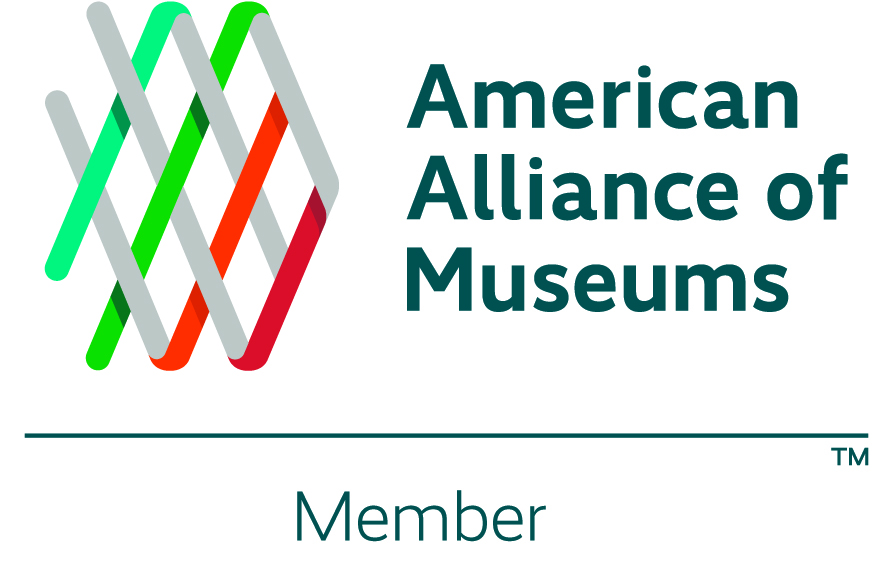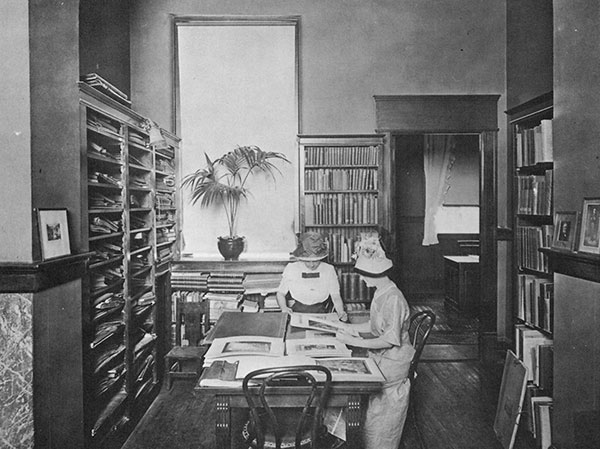About the Modern

The Modern Art Museum of Fort Worth is a leader in collecting, showing, and interpreting art from the 1940s to the present. Situated in the heart of the Cultural District, the creative center of the city, the Modern has been housed since 2002 in an elegant concrete, glass, and steel building designed by the renowned Japanese architect Tadao Ando. In addition to 53,000 square feet of soaring, light-filled gallery space and landscaped grounds with outdoor sculptures, the museum features a reflecting pond, theater, education center, gift shop, and café, creating a thriving hub for our community and beyond.
Founded in 1892, the Modern is the oldest museum in Texas; however, our mission has changed over the years. Today, we strive to connect audiences of all ages and backgrounds with the most compelling art and ideas of our time. Showcasing the work of historically significant, mid-career, and emerging artists, the Modern is known for its evolving collection, which is international in scope. The Museum’s holdings include influential artists from Pablo Picasso, Philip Guston, Anselm Kiefer, Martin Puryear, and Agnes Martin to Mark Bradford, Teresita Fernández, Njideka Akunyili Crosby, and Kehinde Wiley. We have a long history of close relationships with the living artists we show and collect, many of whom visit the museum regularly to give talks and lead workshops.
The Modern is a center of lifelong learning and exchange. Our programs include tours, lectures by leading figures in the art world, youth and adult classes, art camps, workshops, and a range of small-group studio and gallery programs led by the Museum's educators, docents, and community artists. We also present critically acclaimed first-run films and partner with other local arts organizations to offer music, dance, and theater.
Welcome!

The Modern is accredited by the American Alliance of Museums, the highest national recognition achievable by an American museum. Alliance accreditation signifies excellence and accountability to the entire museum community, to governments and outside agencies and to the museum-going public.
A Letter from Dr. Halona Norton-Westbrook, Director
The Mission
The Modern Art Museum of Fort Worth is dedicated to collecting, presenting and interpreting international developments in post–World War II art in all media. The Museum promotes understanding and interest in art and artists through curatorial research and publications, and a variety of educational programs, including lectures, guided tours, classes and workshops.
The Building
Named one of the "World's Most Beautiful Art Museums" by Travel + Leisure magazine.
“...pavilions that seem to float on the water...” –Condé Nast Traveller
Named “Best-designed Building” in Texas by Architectural Digest, 2019
The Modern Art Museum of Fort Worth's building designed by the Japanese architect Tadao Ando, is located in Fort Worth's celebrated Cultural District, directly opposite the Kimbell Art Museum, designed by Louis I. Kahn, and near the Amon Carter Museum, designed by Philip Johnson. Ando's design embodies the pure, unadorned elements of a modern work of art.
Massive planar walls of concrete boldly express the building’s basic form. Forty-foot-tall transparent walls of glass framed in metal surround the concrete, providing magnificent areas from which to view the building, the large reflecting pond, the landscaped grounds, and outdoor sculpture.
The desire to use diffused and reflected natural light within the gallery spaces was a major influence on the building’s design. Immense cantilevered cast-concrete roofs shade the building’s exterior and accommodate the introduction of natural light into the galleries through sophisticated systems of continuous linear skylights and clerestory windows. Supporting the concrete roof slabs are five forty-foot-tall concrete, Y-shaped columns. These columns are an outstanding architectural and engineering achievement, and have become an icon of the Museum.
The History
The Museum was first established in 1892, making it the oldest museum in Texas and one of the oldest in the western United States. Founded by a group of forward-thinking women as the Fort Worth Public Library and Art Gallery in downtown Fort Worth, the museum has undergone several name changes and been housed in various buildings over the decades. Although the word “modern” only became part of the museum’s name in 1987, it has always been dedicated to the art of our time.
The Museum’s first permanent building was designed by the Bauhaus-trained architect Herbert Bayer and opened in 1954. The Cultural District began to develop around the site over the next few years, and with the arrival of new institutions such as the Amon Carter Museum and Kimbell Art Museum, we modified our focus to international art from World War II to the present. In 2002, the Modern relocated within the Cultural District to a world-renowned building designed by the Pritzker Prize–winning architect Tadao Ando. Acclaimed for its concrete walls and glass sheath, with pavilions that seem to float on an expansive reflecting pond, the building allows for major exhibitions, insightful educational programming, and the most comprehensive displays of the Museum’s collection in its history.

The 25 women who founded the Public Library and Art Gallery sought to bring a different sort of culture to the historically cattle-focused city.
Carnegie Public Library Interior, Fort Worth, Texas, circa 1910. Courtesy of the Fort Worth Public Library, Genealogy/Local History
